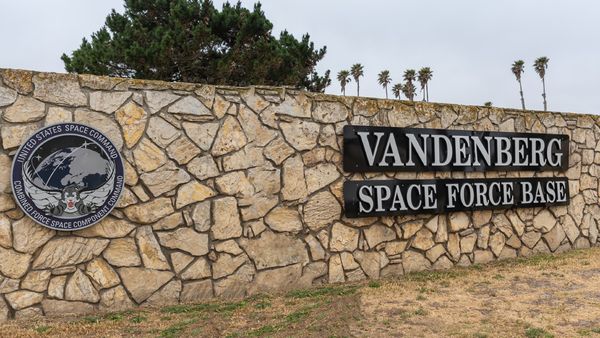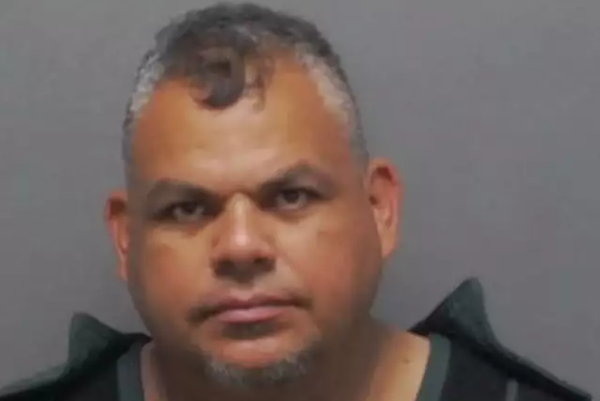"We Carry Their Bones: The Search for Justice at the Dozier School for Boys" by Erin Kimmerle; William Morrow (241 pages, $27.99)
———
It’s fitting that Erin Kimmerle’s memoir begins not with her carefully removing skeletal remains from a long-forgotten grave but with her steeling herself for a news conference.
“We Carry Their Bones: The Search for Justice at the Dozier School for Boys” recounts in engrossing and moving detail the University of South Florida associate professor’s work as a forensic anthropologist at the infamous reform school in Florida’s Panhandle, where her team searched for, found and identified the bodies of more than 50 people who died there, bringing comfort to families who had wondered about the fates of their lost sons and brothers for as long as 80 years.
But to get the chance to do that work, she had to battle “politicians, Marianna residents, university administrators, fellow academics, and lawyers. Facing the press, as scary as it was, would be the easy part,” Kimmerle writes.
It’s not surprising that a lot of people did not want the history of the school dug up, metaphorically or literally. Founded in 1900 as the Florida State Reform School for Boys, the rural campus near Marianna housed boys as young as 5, many of them Black. The school’s dormitories and other facilities were segregated for most of its existence.
Some of the boys had committed serious crimes, but the majority were sent there for such minor transgressions as petty theft, running away and the catchall “delinquency”; some were orphans who weren’t charged with any crime. In some cases, they were sent there without trials and without specific sentences.
It was less a school than a replacement, like the Panhandle’s infamous turpentine camps, for slavery. The boys served as unpaid labor for the school’s printing press, brick factory, farm and other enterprises, as well as being rented out to neighboring farmers and businesses as workers.
Almost from its inception, the school was investigated and criticized for the exploitative and brutal treatment of its child inmates. A state senate investigative committee found boys shackled in irons and called the school “nothing more or less than a prison.” That was in 1903, three years after it opened.
Over the years, the horrifying reports leaked out, newspapers wrote about them, politicians vowed to reform the reform school, and the cycle repeated. Finally, more than a century after the school opened, a series of stories in the then-St. Petersburg Times detailed the terrible physical and sexual abuses recalled by men who had been inmates there decades before — and their memories of other boys who did not survive that treatment.
The stories drew national attention. Times reporters Ben Montgomery and Waveney Ann Moore and photographer Edmund Fountain were finalists for a Pulitzer Prize in 2010 for the series.
The Arthur G. Dozier School for Boys closed permanently in 2011.
Kimmerle’s work would begin not long after, driven by reports that there were undocumented burials on the school grounds, more than those buried in Boot Hill, a small cemetery on the property with 31 marked graves. Records of who was buried there and how they died were sketchy at best. Who might be buried in unmarked graves, and how they died, was unknown.
Kimmerle had worked on the excavation of wartime mass graves in the Balkans as part of a U.N. investigation and learned there that “forensics could be used for human rights work.” She was also deeply moved by the stories she heard from survivors of boys who died at Dozier, families who weren’t even notified their child had died until after he was buried, who got stonewalled when they sought details.
But getting permission to investigate was a formidable task. Just figuring out which state entity controlled the property was a challenge; Kimmerle describes an astonishing chain of buck-passing among the Florida bureaucracy.
Local resistance was fierce. The school had been a major employer for Marianna, and some of the men accused by survivors of the worst crimes still lived there. Kimmerle discovered that Jackson County’s infamous history of racism wasn’t history — when she began holding meetings to keep local leaders informed, a white farmer told her she needed to have two separate meetings, because white people wouldn’t come to one for Black people. (She didn’t take his advice.)
On her side, Kimmerle had the determined families of the vanished boys, and continued media coverage that carried the story around the world. (The story would also inspire author Colson Whitehead’s Pulitzer Prize-winning novel “The Nickel Boys.”) Eventually her team found support from a bipartisan group of politicians ranging from former Sen. Bill Nelson to former Florida Attorney General Pam Bondi.
The team finally got permission to survey the areas where burials were believed to be. When they found evidence of 50 graves, not 31, they went to round 2, fighting for permits to excavate.
Kimmerle’s description of the excavation, carried out by dozens of volunteers — students, anthropologists, law enforcement personnel and more — is filled with interesting details about the process but also offers wrenching human moments.
“We found a boy’s remains bunched up near the top of a casket, with an arm over his head, lying not on his back, like most,” she writes. “The team and I stopped working one day and stood around a grave to look at a perfect white and burgundy stone marble we found in what would have been the pocket of a little boy’s pants.”
The DNA yielded by the bones in those abandoned graves identified many of the boys and, finally, answered some of the questions their anguished families had asked for years.
But, Kimmerle urges the reader, their families should not be the only ones to remember the boys. Our history was uncovered with their graves, and even the worst parts of our history have something to teach us all. We carry their bones, indeed.







